CALICHE
CALICHE
THE EARLY YEARS
THE EARLY YEARS
Legend has it that caliche was first discovered by a group of Atacama tribes people. International demand for caliche became a cornerstone of the development of Chile, affecting every part of Chilean life because of its importance in the national economy. Caliche or saltpeter deposits are found in the driest and most inhospitable region of the world, between the 19 and 25 degrees latitude, in the Atacama Desert, in the regions of Tarapacá and Antofagasta.
THE LEGEND
A surprise discovery
In the mid-14th century a small group of indigenous from the Atacama desert stop for the night and make a campfire with the dried twigs they’ve brought. They’re amazed when the stones around the fire ignite and burn. The Indians run, terrified, from the place.
The story continues
The next morning they return to fetch their belongings and the chief orders them to take some stones with them. Back in their camp they light another fire and discover that some of the stones ignite.
“cachi”
The stones are called “cachi”, which in Quechua, local language, means “salt”. The word soon become
“caliche”
The Spanish
When the Spanish arrived at the beginning of the 16th century the missionaries heard about the “devil stones” and went to the desert to collect and study them.
They realized that the stones contained ingredients similar to those used to make gunpowder, but less potent.
Fertilizing power
The stones were thrown out near the mission station’s plantations.
And some weeks later, the vegetation near where the stones had landed grew abundantly in comparison to the rest of the plants.
Composition of the surface crust
Mace. Bars, maces and pickaxes were used to break
up the caliche into blocks of 10 to 12 inches.
Once the caliche had been broken up by the blasters and their crew, workers used their tools to reduce the size of the huge boulders.
Click on the points to see the detail
Chusca o chuca. A 10 to 30 cm thick layer. Loose material, easily to disintegrate.
The crust. A layer 50cm to 2m thick made up of feldespars, sedimentary rocks, clays and sands.
Caliche. A layer between 1 and 2m thick, with a high salt content. Its chemical composition, color and texture are variable.
The solid or bank, a conglomerate cemented with chloride and sodium sulfate, calcium and magnesium. Never more than 70cm thick.
Coba. The coba is made up of loose soil and small pebbles; it is the base that the caliche rests on but is itself never used.

Block of caliche
Mapa de las salitreras
Selecciona una de las opciones para ver el mapa
In the north of Chile, in a strip of land 700 km long and 30 to 50 km wide the nitrate deposits are present between the eastern part of the coastal mountain range and the west of the central depression.
THE MINING PROCESS THROUGH HISTORY
Antofagasta
Tarapacá
2
1
3
4
5
6
TARGETED EXPLOSIONS. Explosive material is introduced into the holes to the depth of the caliche, using drills or “baby” boring devices, activated by compressed air.

EXPLORATION. Initial analysis of the Chilean pampa, perforation to check the caliche, planning and gridding of the terrain for later targeted explosions.

BLASTING. Blasts, controlled from a distance consider a chain explosions separated by a fraction of seconds in order to fragment the caliche but not pulverize it.

BREAKING DOWN AND LOADING. Once the caliche has been reduced in size it is gathered together in the same place and 1.5 ton carts are filled up, each one pulled by three mules.

MECHANICAL LOADING
The product is taken by cart to the ramp where the wagons are filled up.

TRANSPORTATION
The product is taken from the mines to the plants in a train of six wagons..

FORMATION
DEPOSITS
Coastal mountain range
Pampa
Andes mountain range
Five zones of caliche mining
Caliche deposits
Saltpeter mines
Select one option to see the map
Antofagasta
Tarapacá
1
2
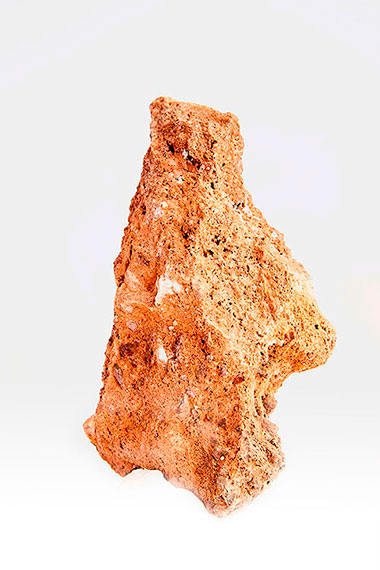
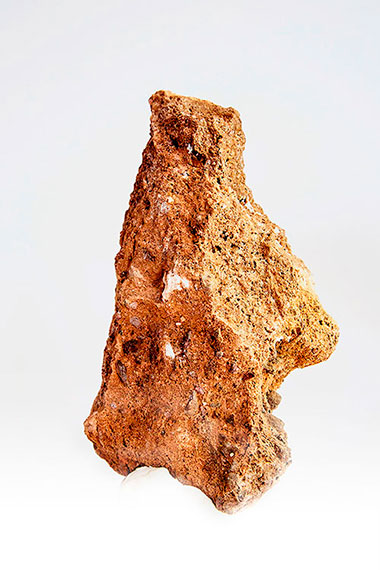
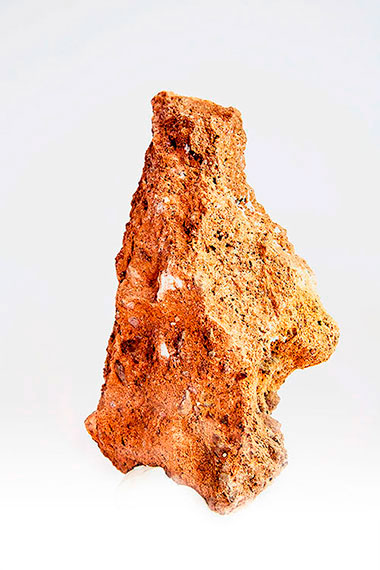
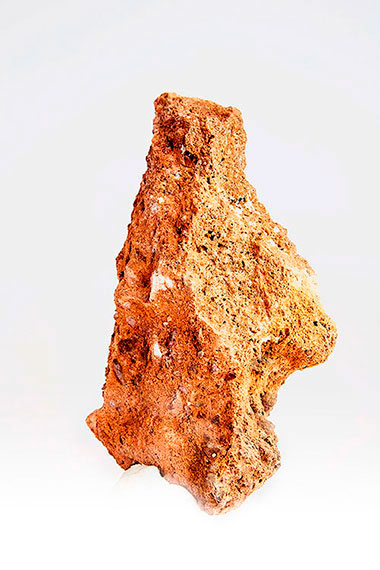
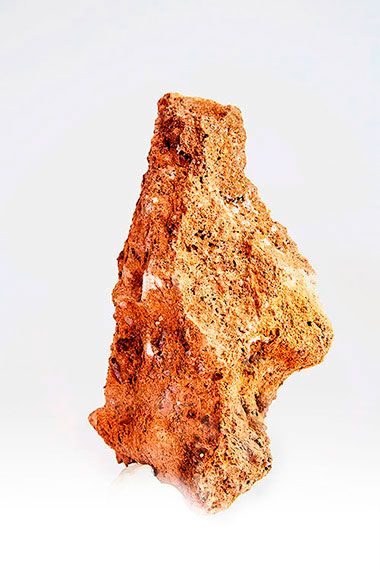
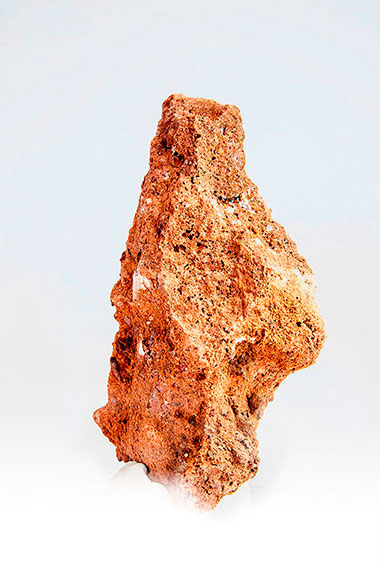
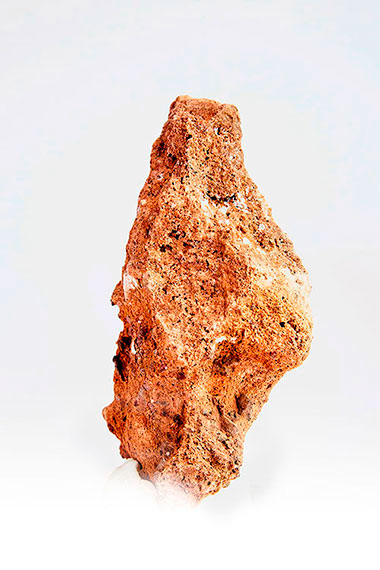
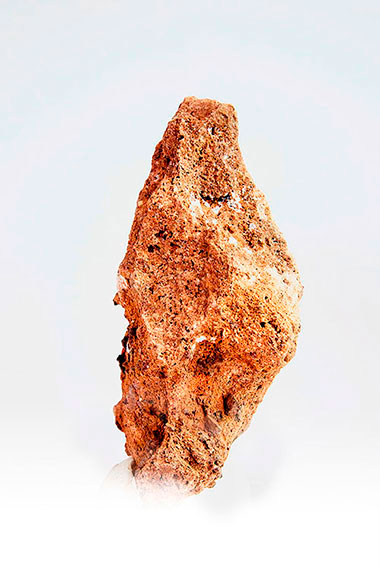
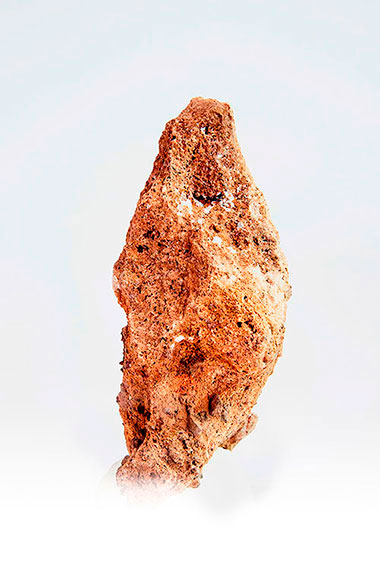
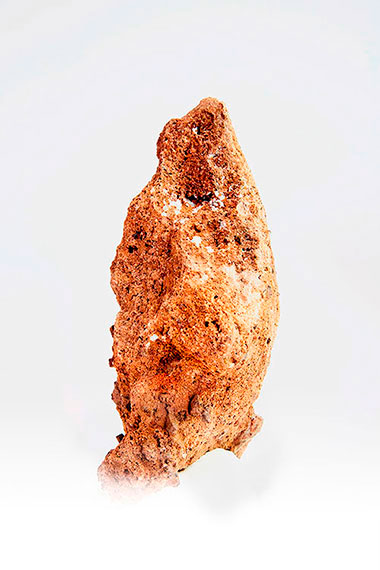
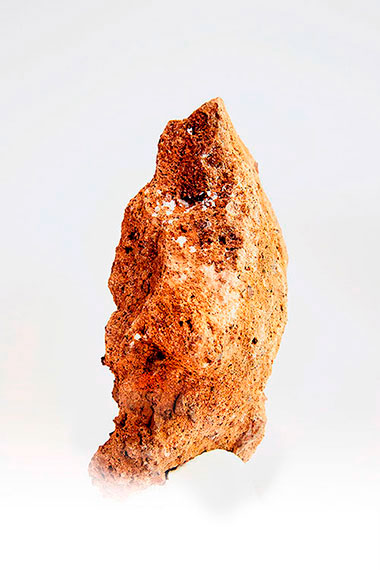
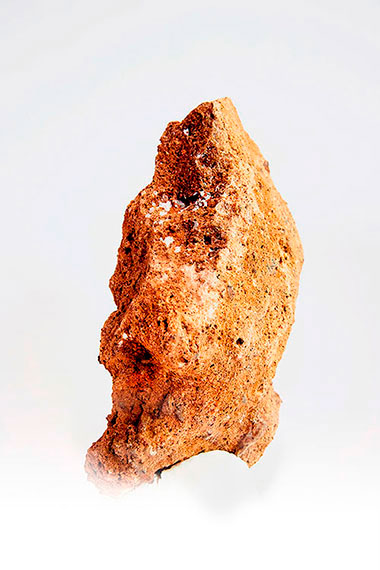
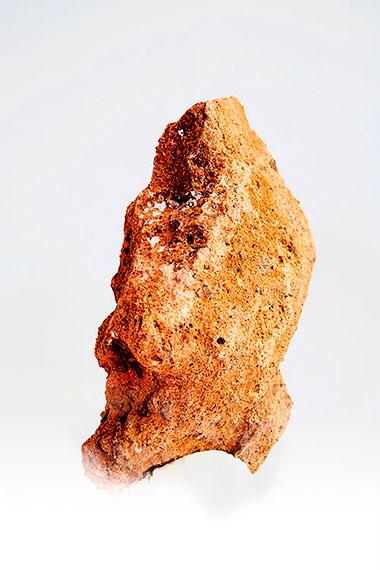
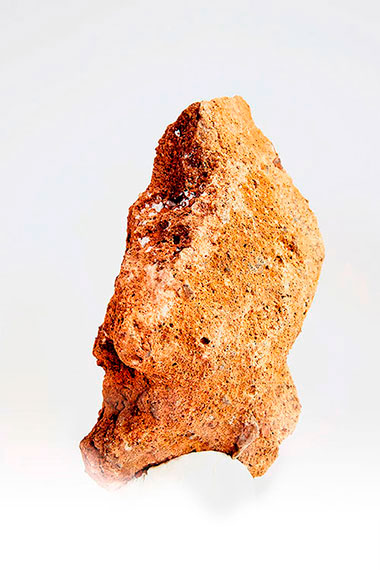
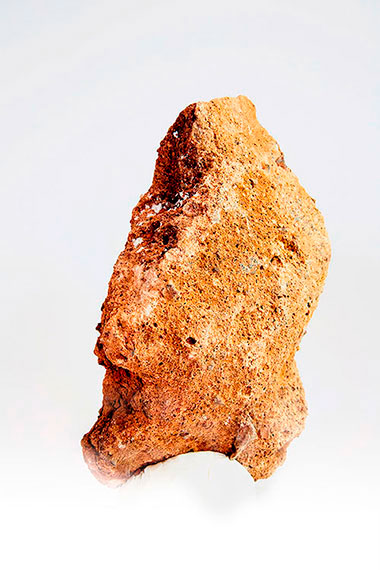
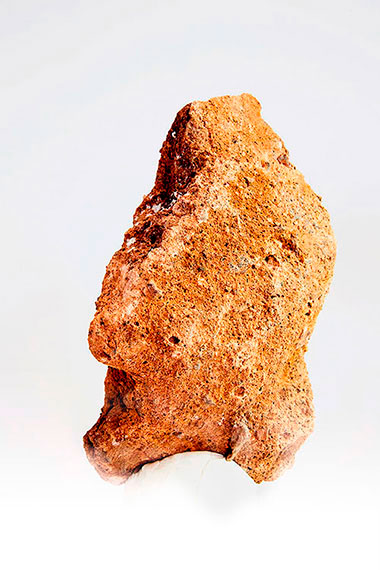
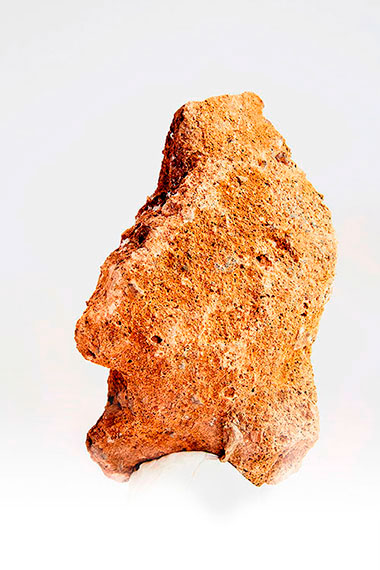
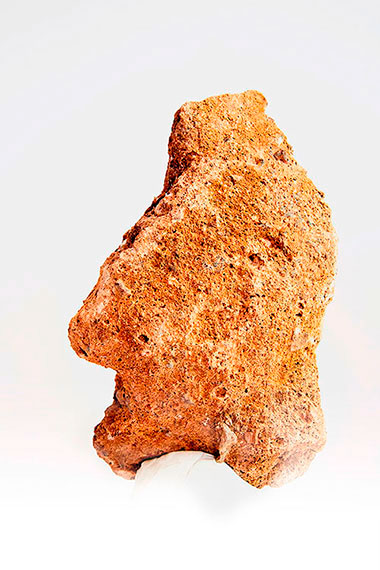
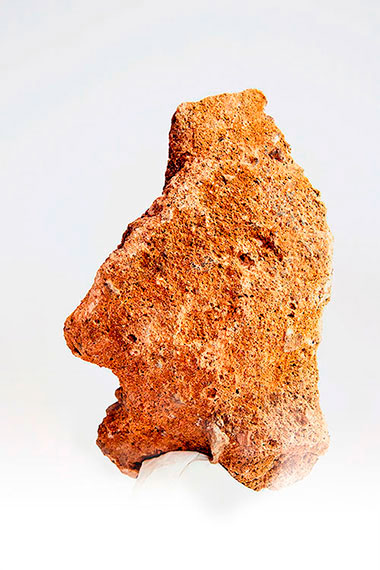
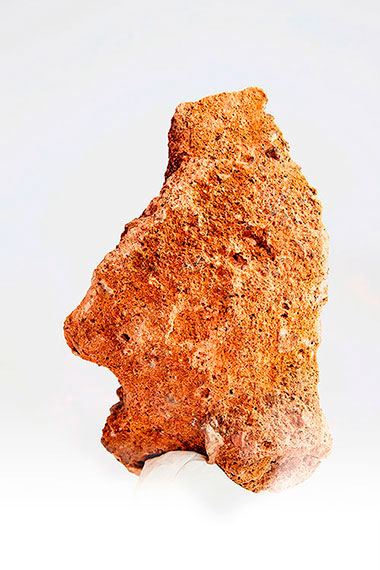
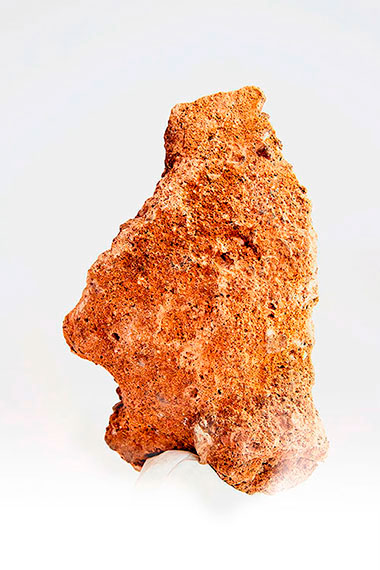
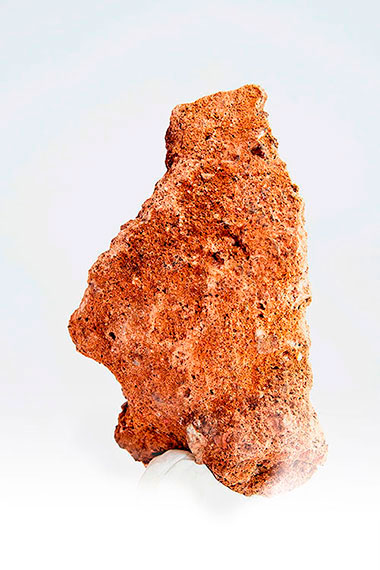
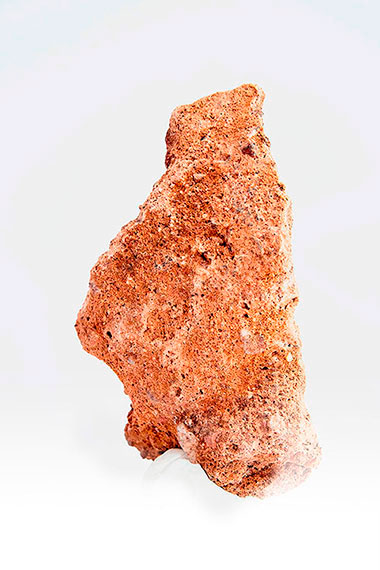
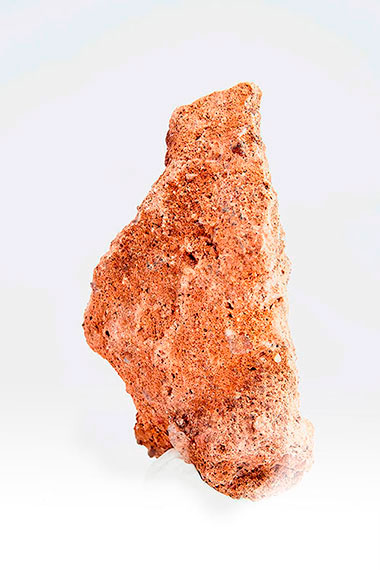
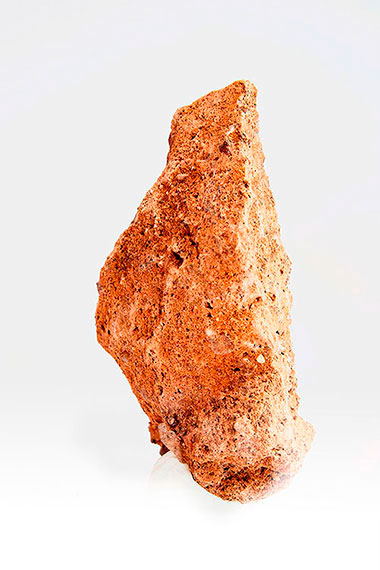
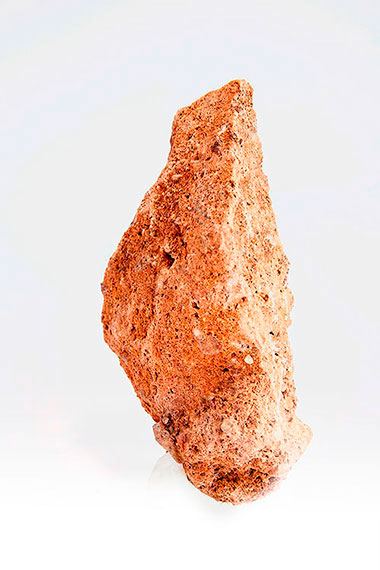
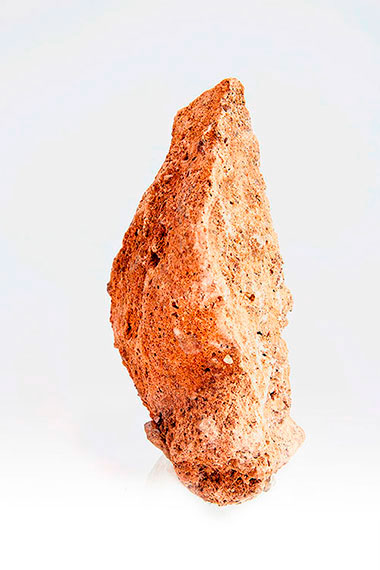
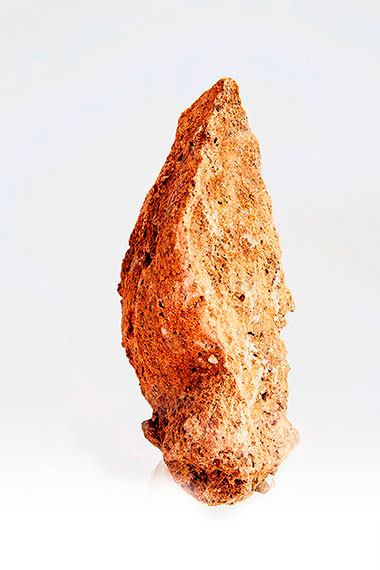
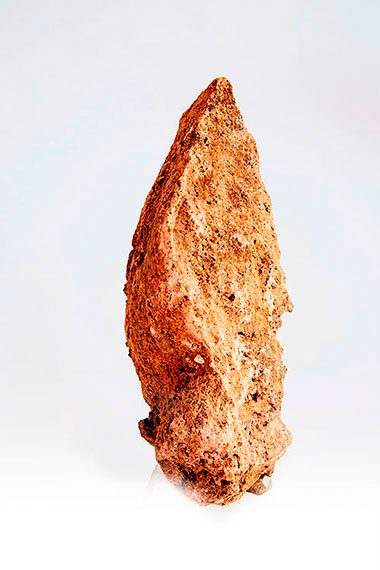
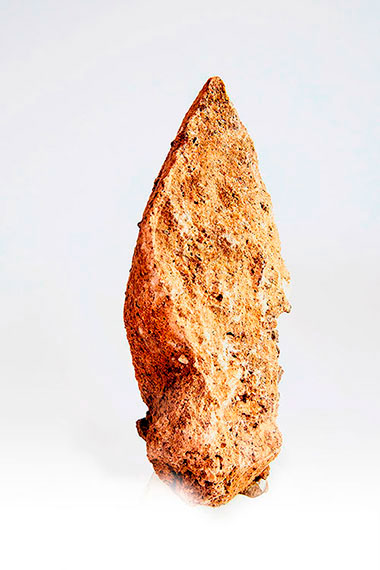
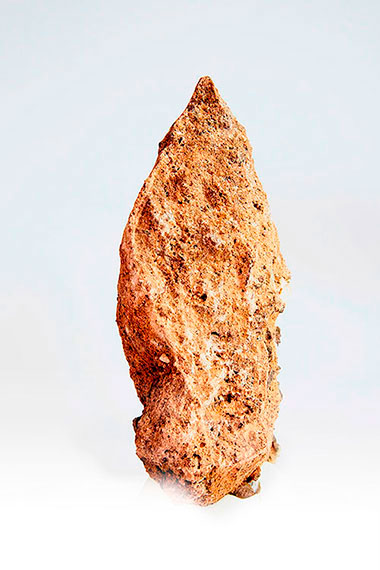
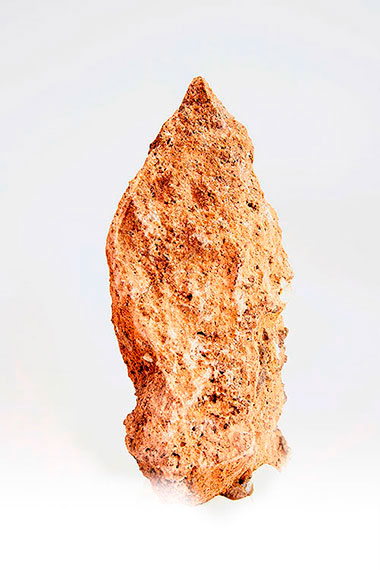
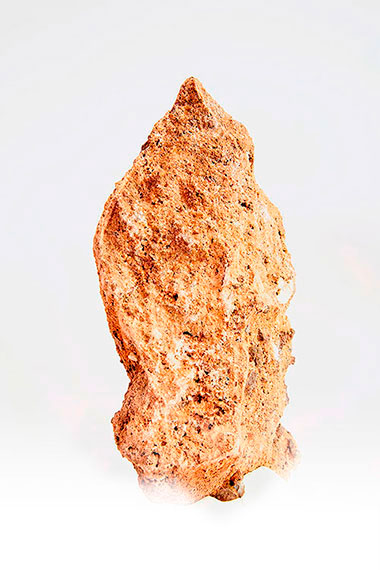
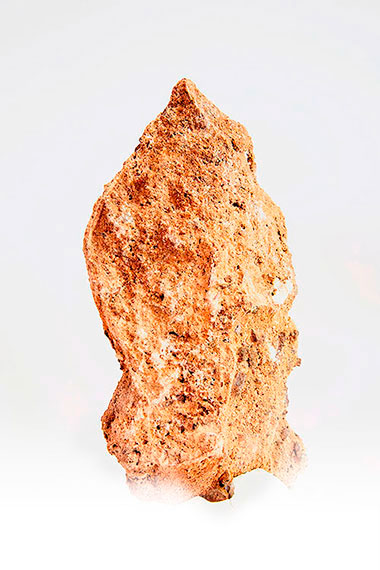
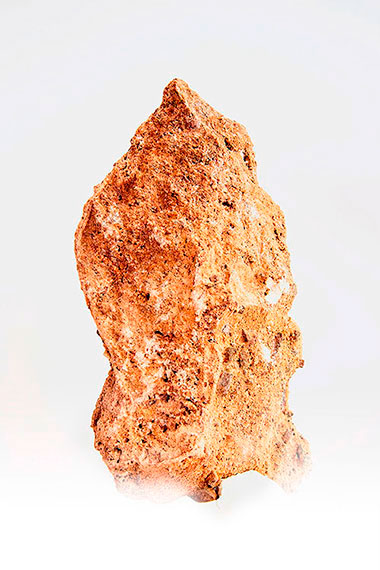
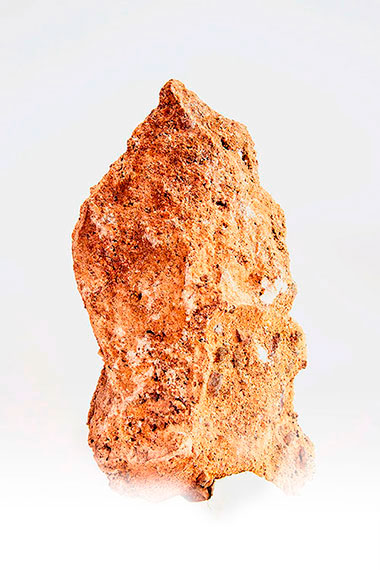
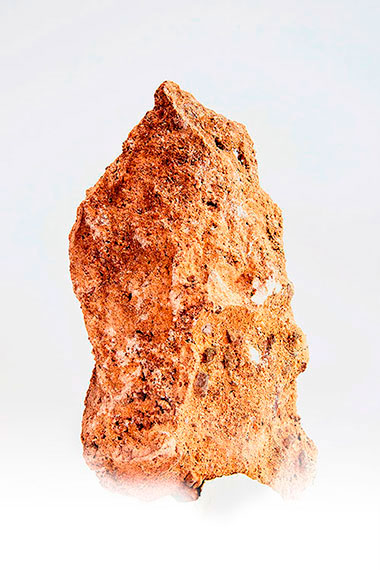
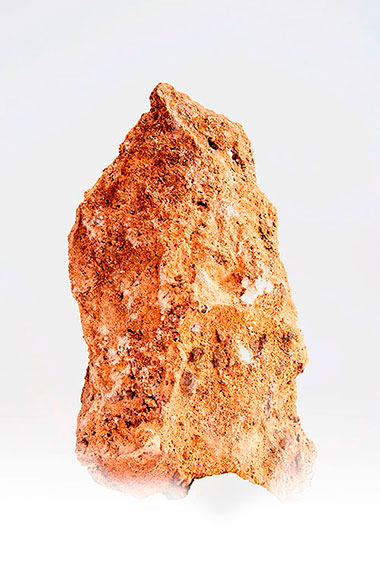
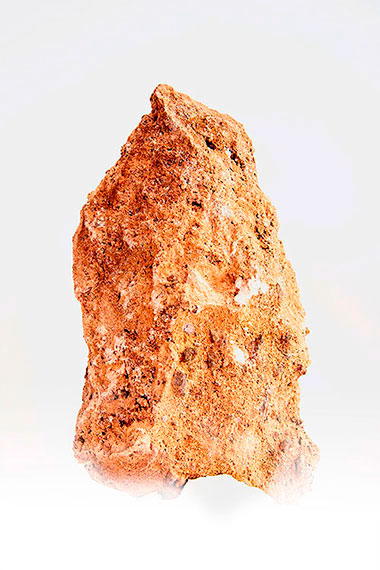
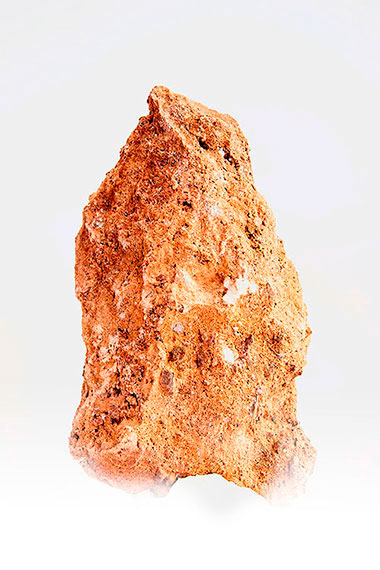
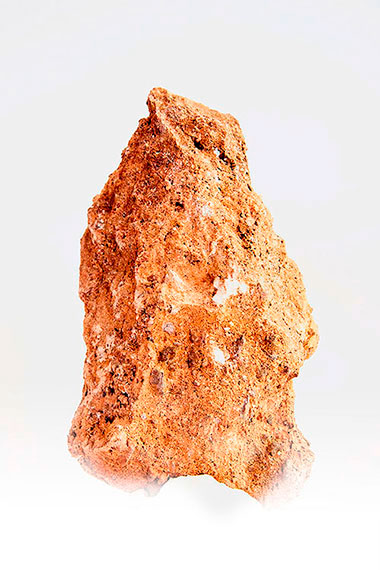
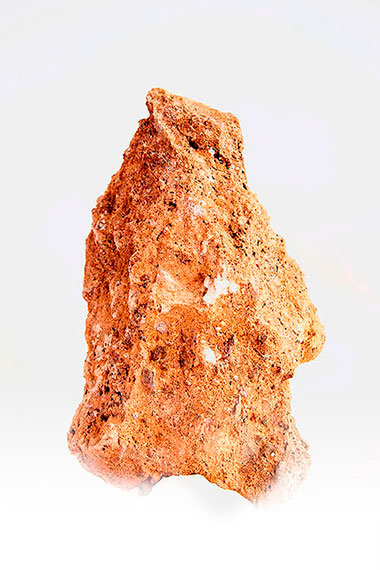
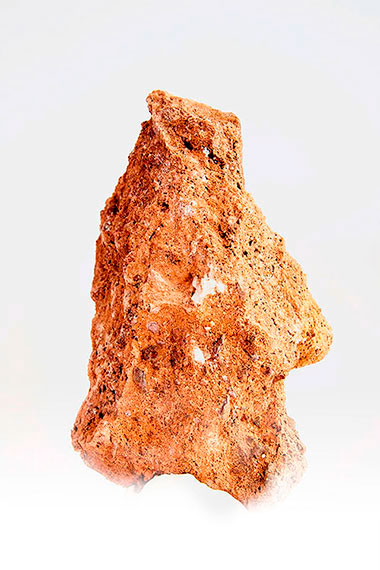
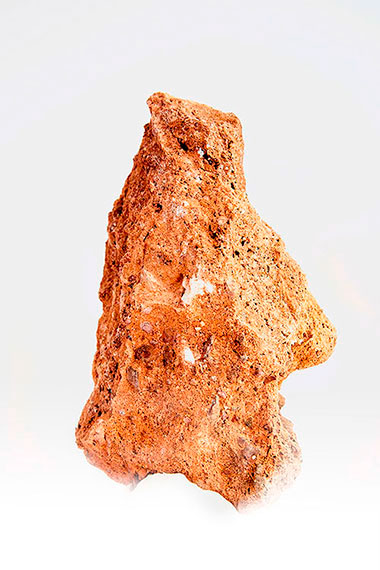
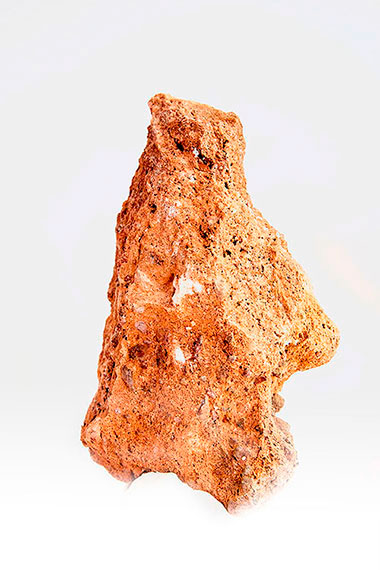
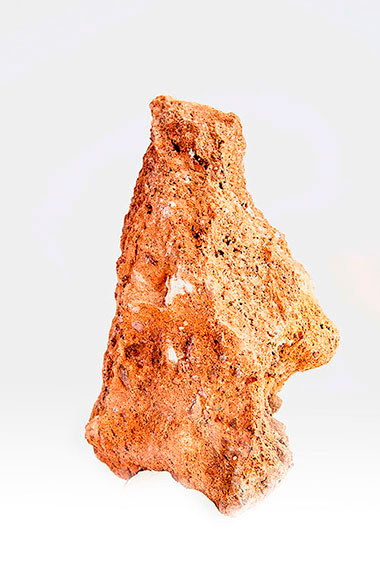
Scroll up and down to discover the block.